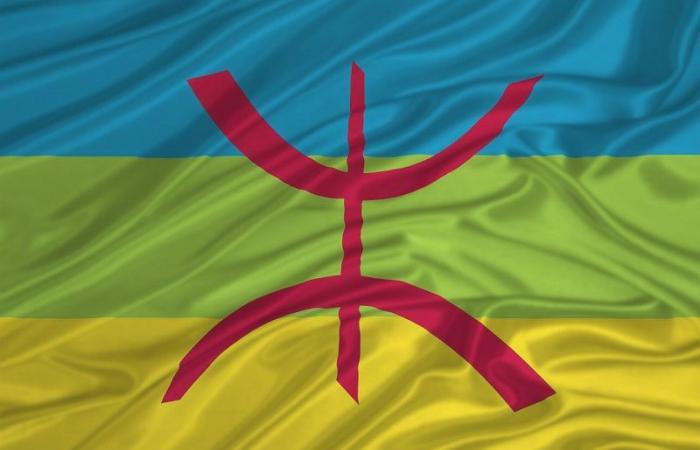JavaScript is disabled! Why you want to do so? Please enable JavaScript in your web browser!
“Tamazight (Amazigh) is a Berber language spoken across North Africa. Although there are many dialects, the written form is generally understandable to all. It is written in the Latin alphabet and the Tifinagh alphabet, both of which are supported by Google Translate,” Google said in a blog post.
The use of Tifinagh in North Africa dates back at least to late Antiquity, a period marked by the appearance of the first writing civilizations. Although this alphabet disappeared in the northern part of the Berber world for religious reasons, its use continued among the Tuaregs, who consider it a distinctive alphabet of their people, differentiating them from the Arabs and other neighboring populations.
Furthermore, it has been shown that Berber was also written in Arabic characters, a tradition particularly widespread in the Souss, in southern Morocco, as attested by the manuscripts studied from this region. At the end of the 19th century, a new era of transcription of Berber in Latin characters began, a practice that continues to the present day.
At the end of the last century, an intense debate emerged in Morocco between an elite demanding a transcription of Amazigh into the Arabic alphabet and a French-speaking current attached to the Latin alphabet.
This debate was settled by the Royal Moroccan Institute of Amazigh Culture in 2003, by an intermediate solution consisting of adopting Tifinagh as the official character of the writing of Amazigh, “insofar as it meets the imperatives of safeguarding the integrity of Amazighity in its secular, historical and cultural manifestations, and that it is part of the specificity of Moroccan identity.”
The Amazigh language has been available since Thursday June 27 in the Google Translations service.
“Google Translate transcends language barriers to help people connect and better understand the world around them,” the company said in its blog post. “We’re always applying the latest technologies to make this tool accessible to more people.”
By 2022, Google had already added 24 new languages using Zero-Shot Machine Translation, where a machine learning model learns to translate into another language without ever having seen an example. “We announced the 1,000 Languages Initiative, a commitment to building artificial intelligence models that will support the 1,000 most spoken languages in the world,” Google added.
Thanks to the PaLM 2 big language model, Google Translate now supports 110 new languages, representing the largest expansion of the service ever.
New languages added, ranging from Cantonese au Q’eqchi’represent over 614 million speakers, opening translation to about 8% of the world’s population. Some of these languages are major world languages with over 100 million speakers, while others are spoken by small communities of indigenous peoples. A few have almost no native speakers, but are benefiting from active revitalization efforts.
About a quarter of the new languages come from Africa, representing the largest expansion of African languages to date, including the fon, the kikongo, the luo, the ga, the swati, the venda and the wolof.
“There’s a lot to consider when adding new languages to Translate — everything from the variety we offer to the specific spellings we use,” Google explains. Languages come in a huge variety: regional varieties, dialects, different spelling standards. In fact, many languages don’t have a single standard form, making it impossible to choose a “correct” variety. “Our approach has been to prioritize the most commonly used varieties of each language.”
For example, the romani is a language that has many dialects across Europe. Google’s models produce text that most closely resembles Southern Vlax Romani, a variety commonly used online, but they also incorporate elements from other dialects, such as the vlax septentrional et Balkan Romani.
“PaLM 2 has been a key piece of the puzzle, helping Google Translate more effectively learn languages that are closely related to each other, including languages that are closely related to no, as l’awadhi et the marwadiand French Creoles like seychellois creole et Mauritian Creole. As technology advances and we continue to collaborate with expert linguists and native speakers, we will support even more language varieties and spelling conventions over time,” Google concluded.
Do you have a real estate project in mind? Yakeey & Médias24 help you make it happen!
© Médias24. Any reproduction prohibited, in any form whatsoever, without the written permission of the Société des Nouveaux Médias. This content is protected by law, in particular law 88-13 relating to the press and publishing as well as laws 66.19 and 2-00 relating to copyright and related rights.






